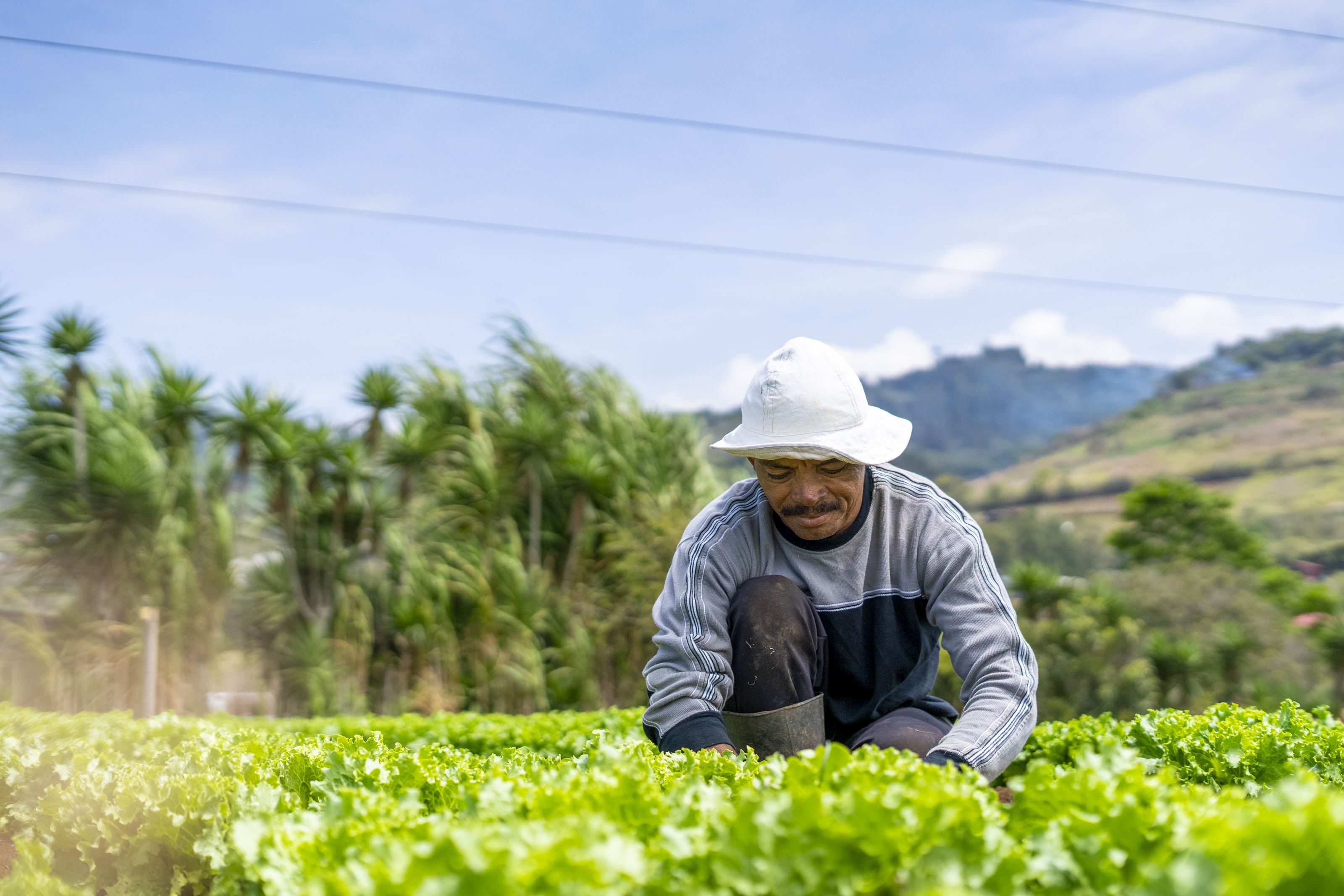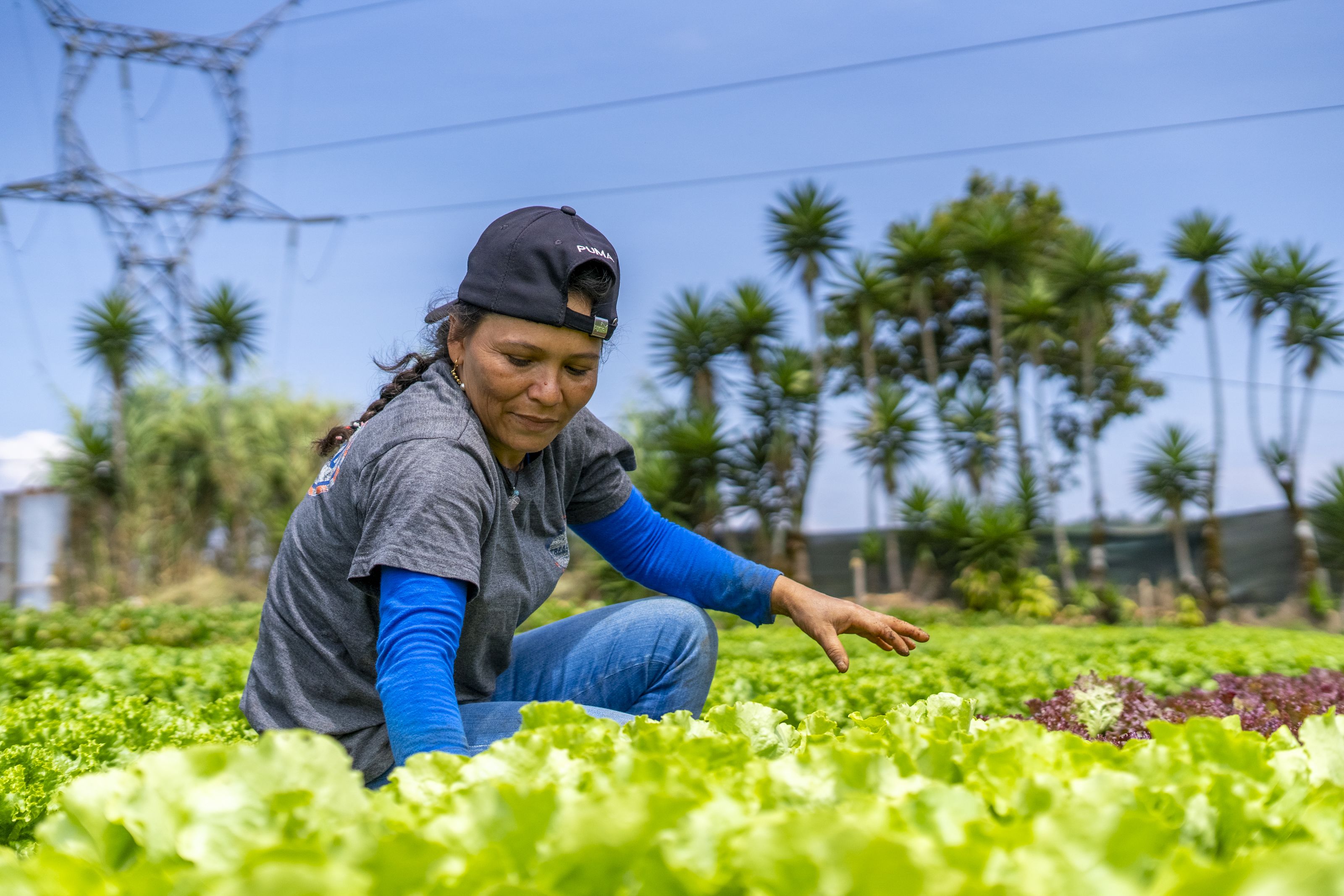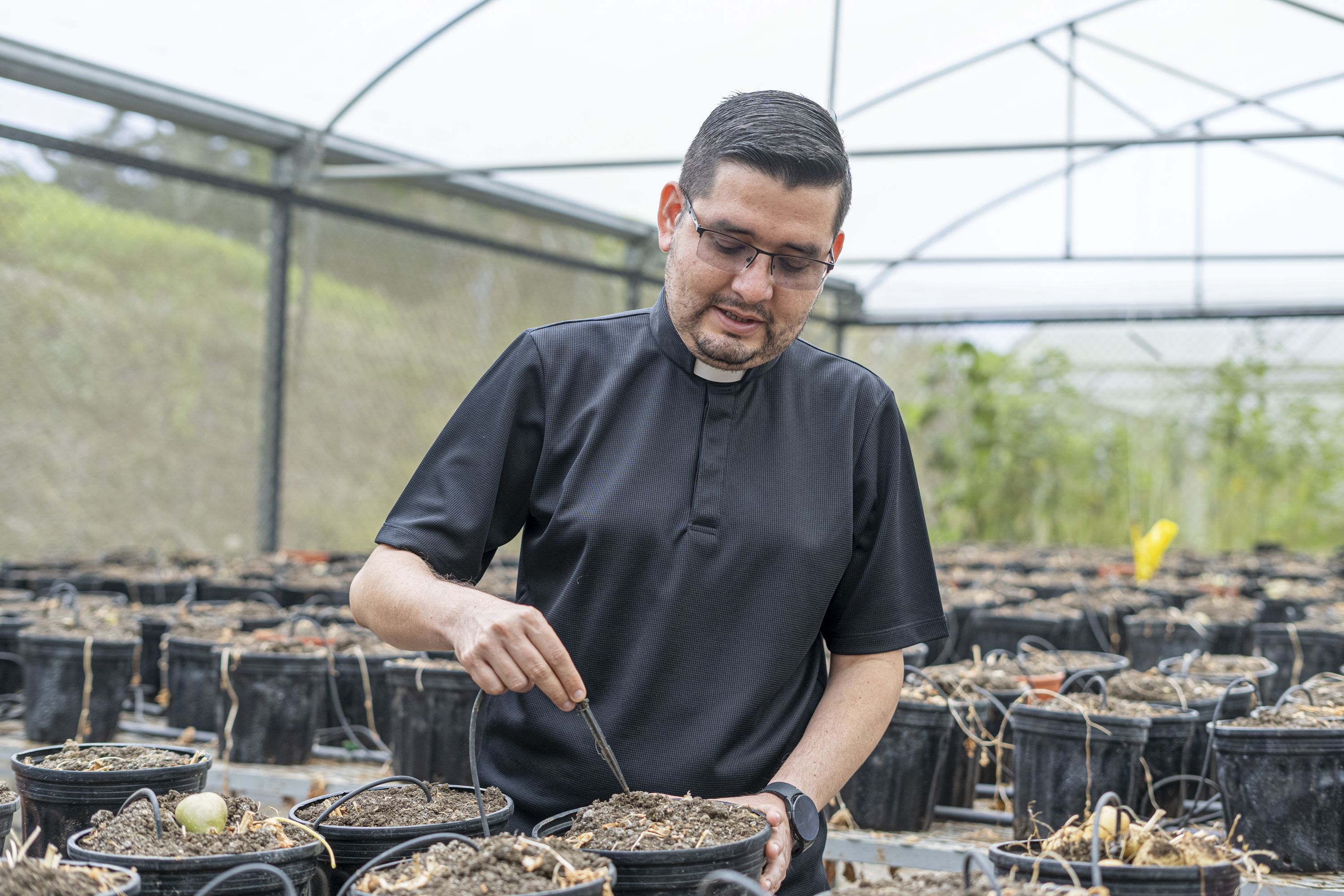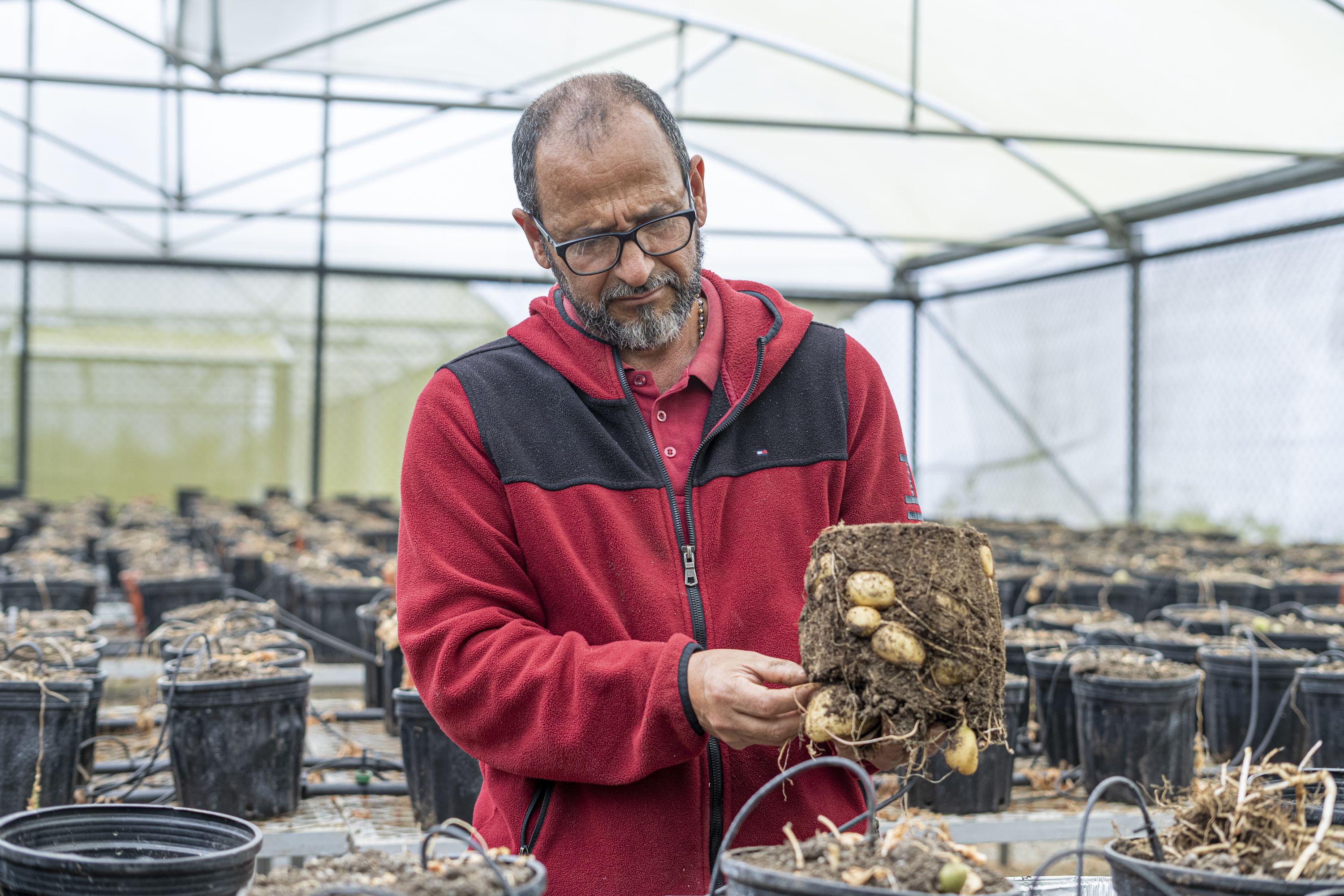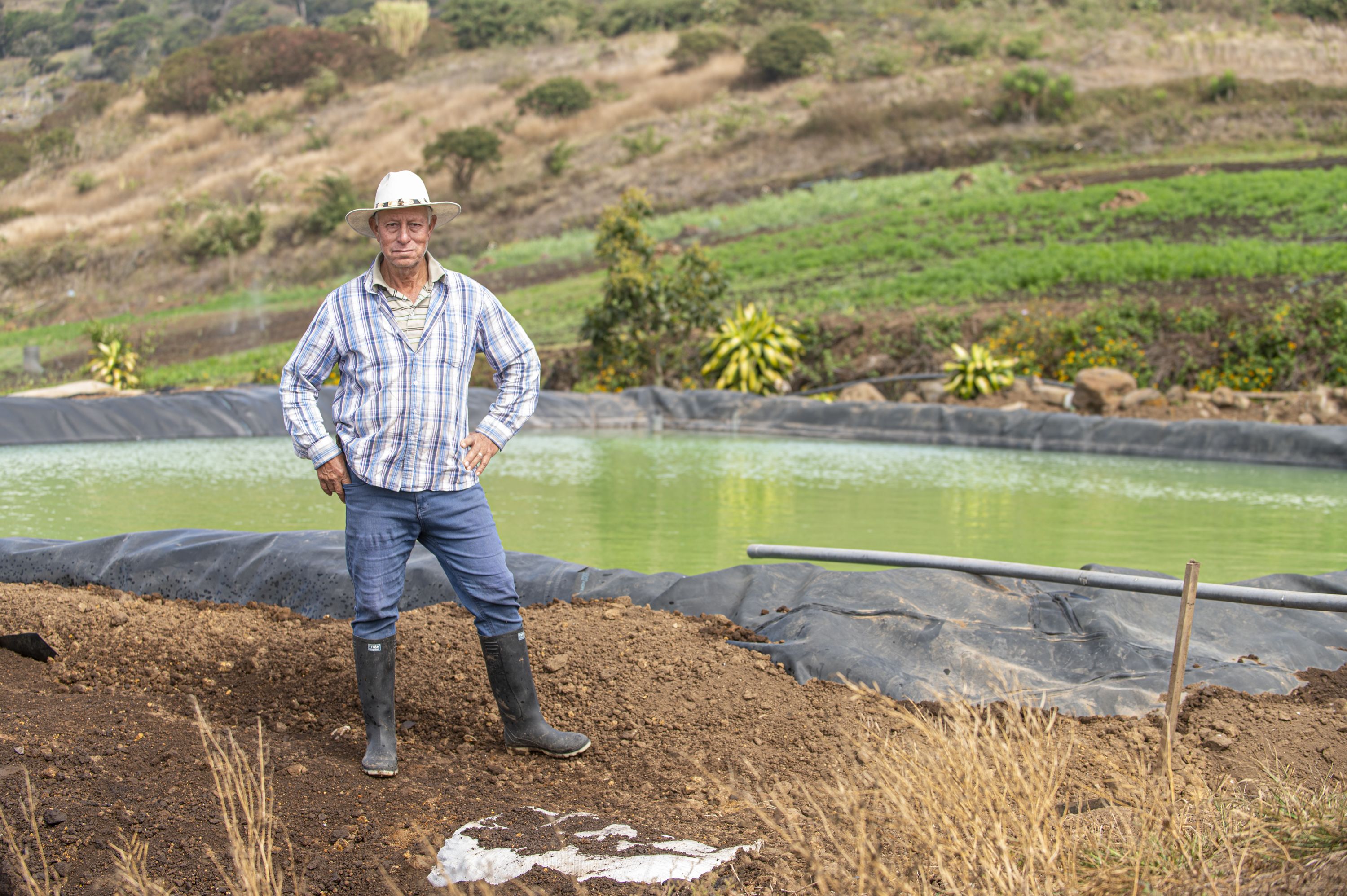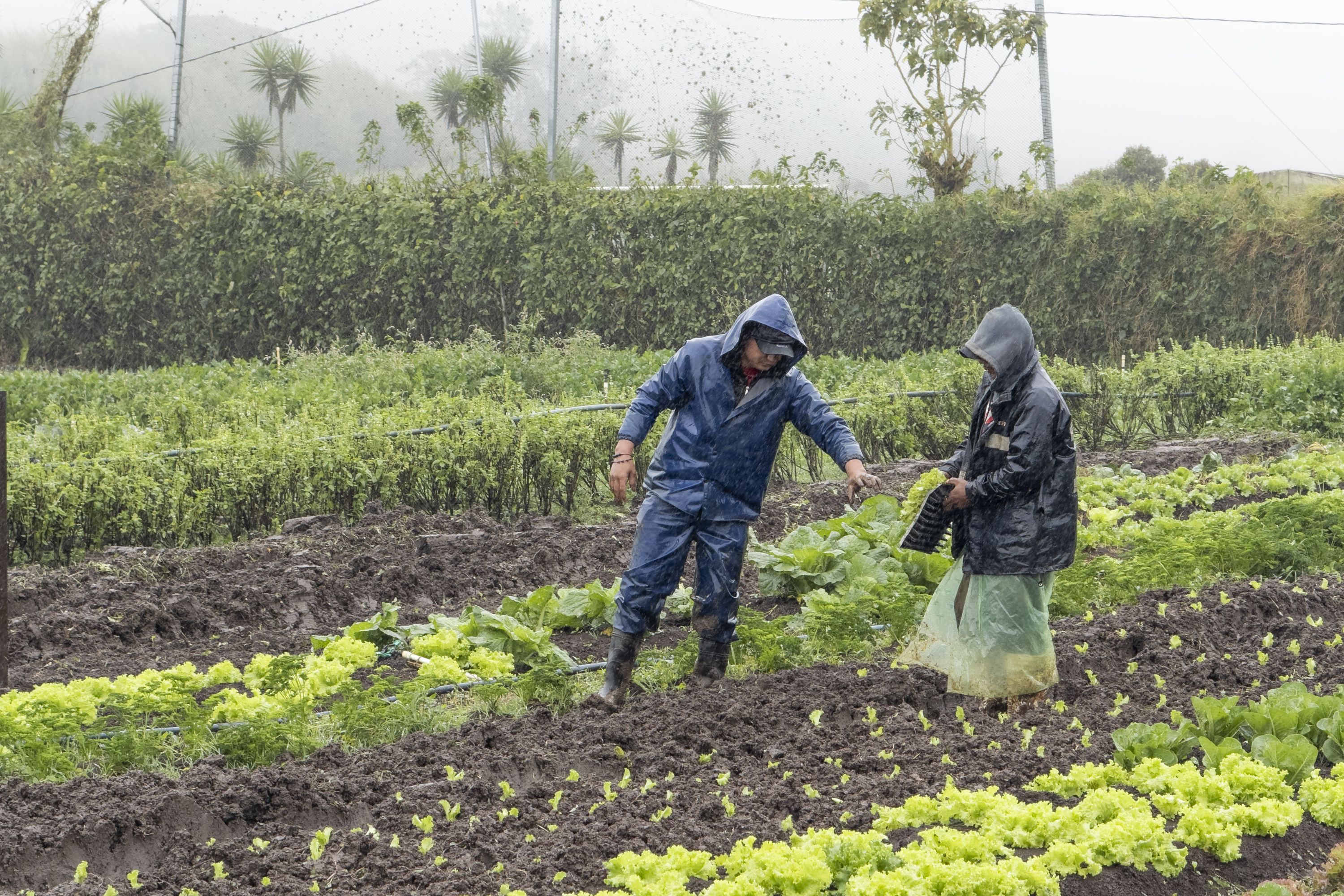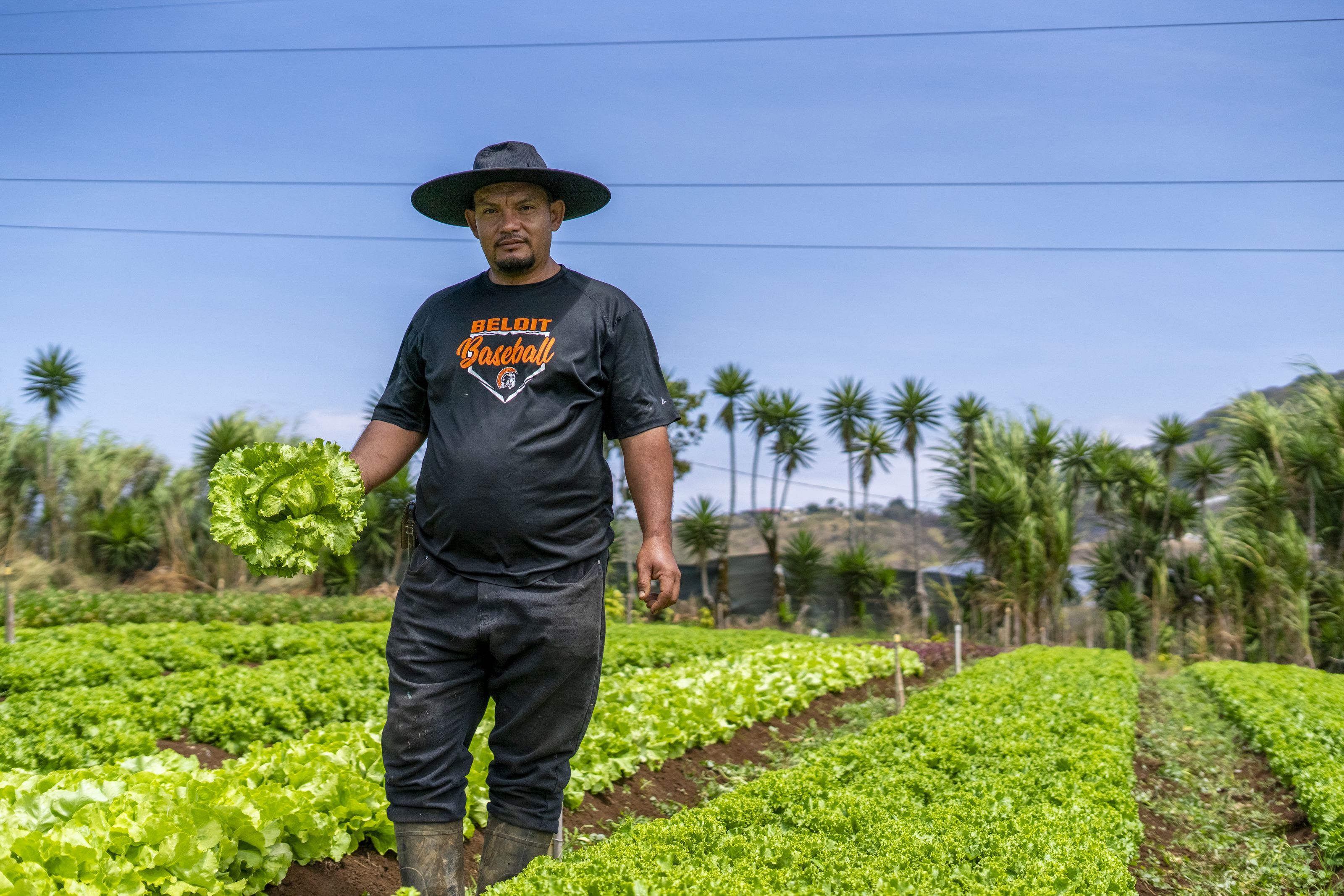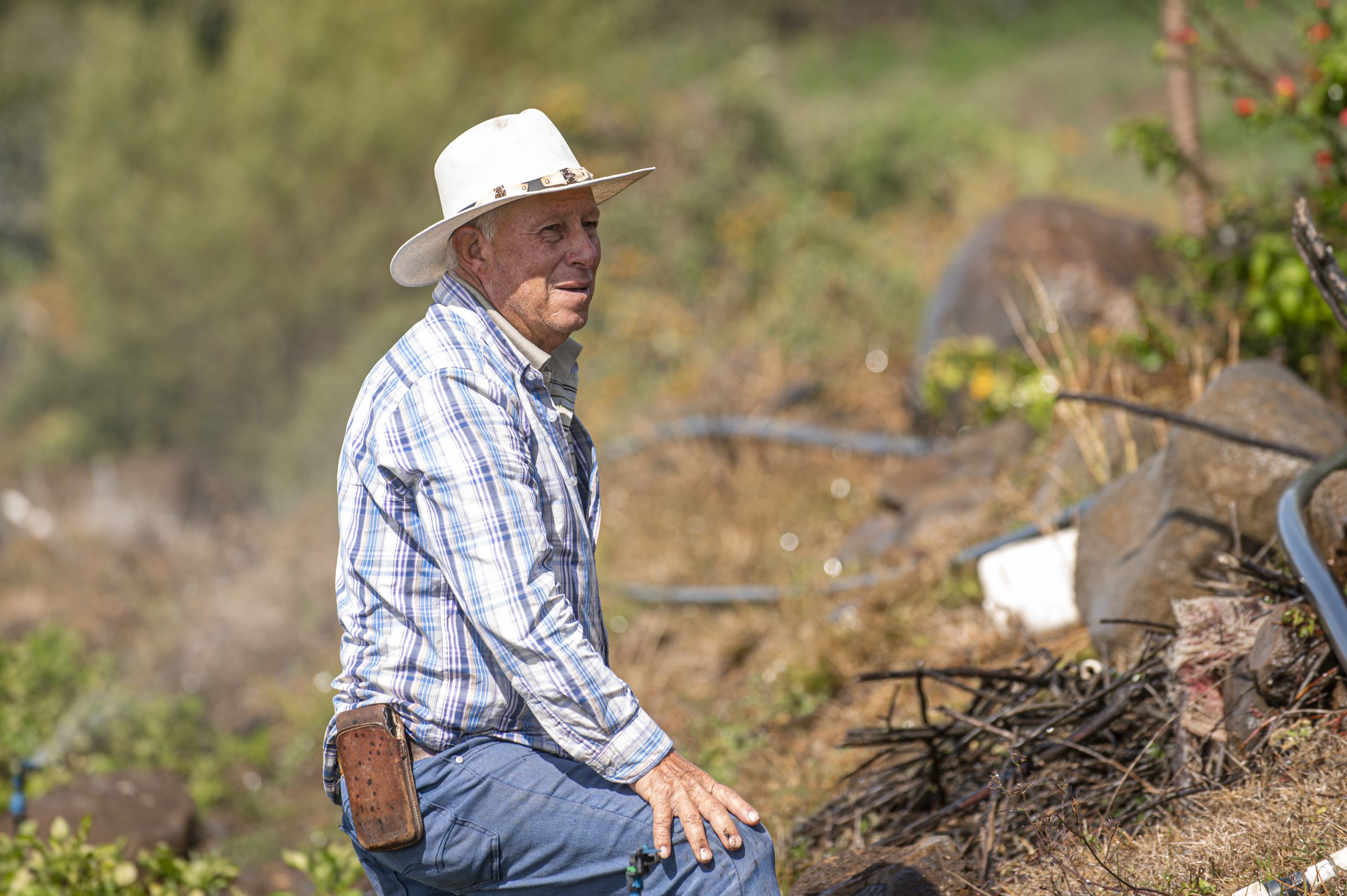Building Resilience in Times of Drought:
Protecting water and livelihoods for farming families
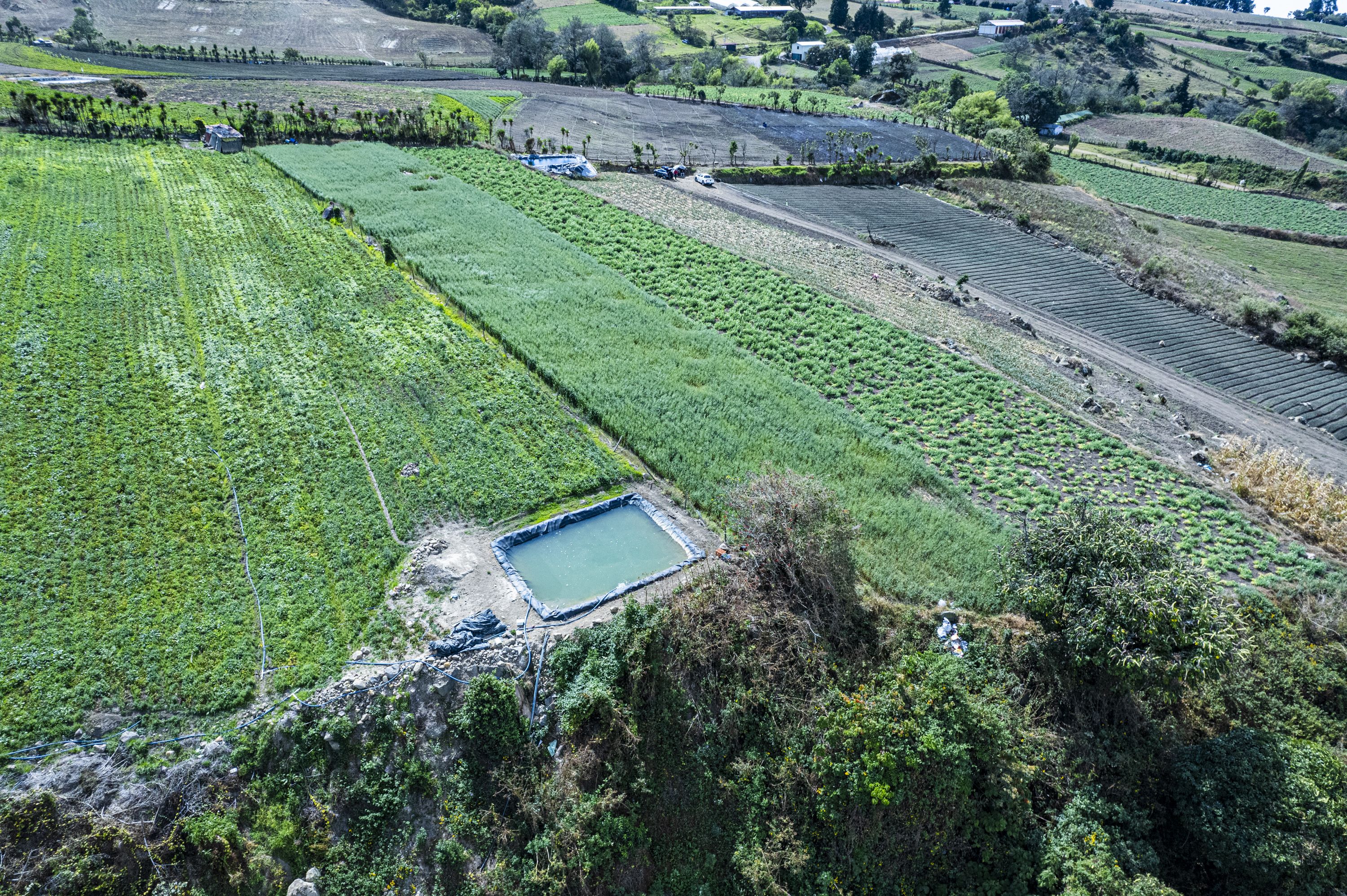
Costa Rica boosts rural communities’ resilience in the face of threats to their water security because of climate change.
Costa Rica is home to some of the most varied biodiversity in the world. As such, it is no stranger to the impacts of climate change. In response, the government has developed its National Climate Change Adaptation Plan 2022–2026. Its objective is to achieve a model for development that ensures the climate resilience of Costa Rican society, contributes to improving the quality of life of the most vulnerable populations and takes advantage of opportunities to innovate and mitigate the impacts of climate change on agricultural production.
The Reventazón River basin in Costa Rica is a critical nexus of water, food, and energy due to the amount of rainwater it captures. The heavy rainfalls that feed the basin have supported agricultural development and hydroelectric power generation in the province of Cartago. The food produced in this area and the water that flows in the Reventazón River are important for the entire country. The basin accounts for 85% of Costa Rica’s vegetable production, 45% of national electricity generation, and 23% of the drinking water consumed in the Greater Metropolitan Area, the most populated area in Costa Rica.
However, in recent years, climate change has been driving changes in rainfall patterns. Official data shows annual rainfall between 1,400 and 2,300 mm/year in the mountainous western sector of the Reventazón River catchment, resulting in a water deficit of up to 30% of normal levels—insufficient to meet the needs of the citizens, farmers, and local ecosystems.
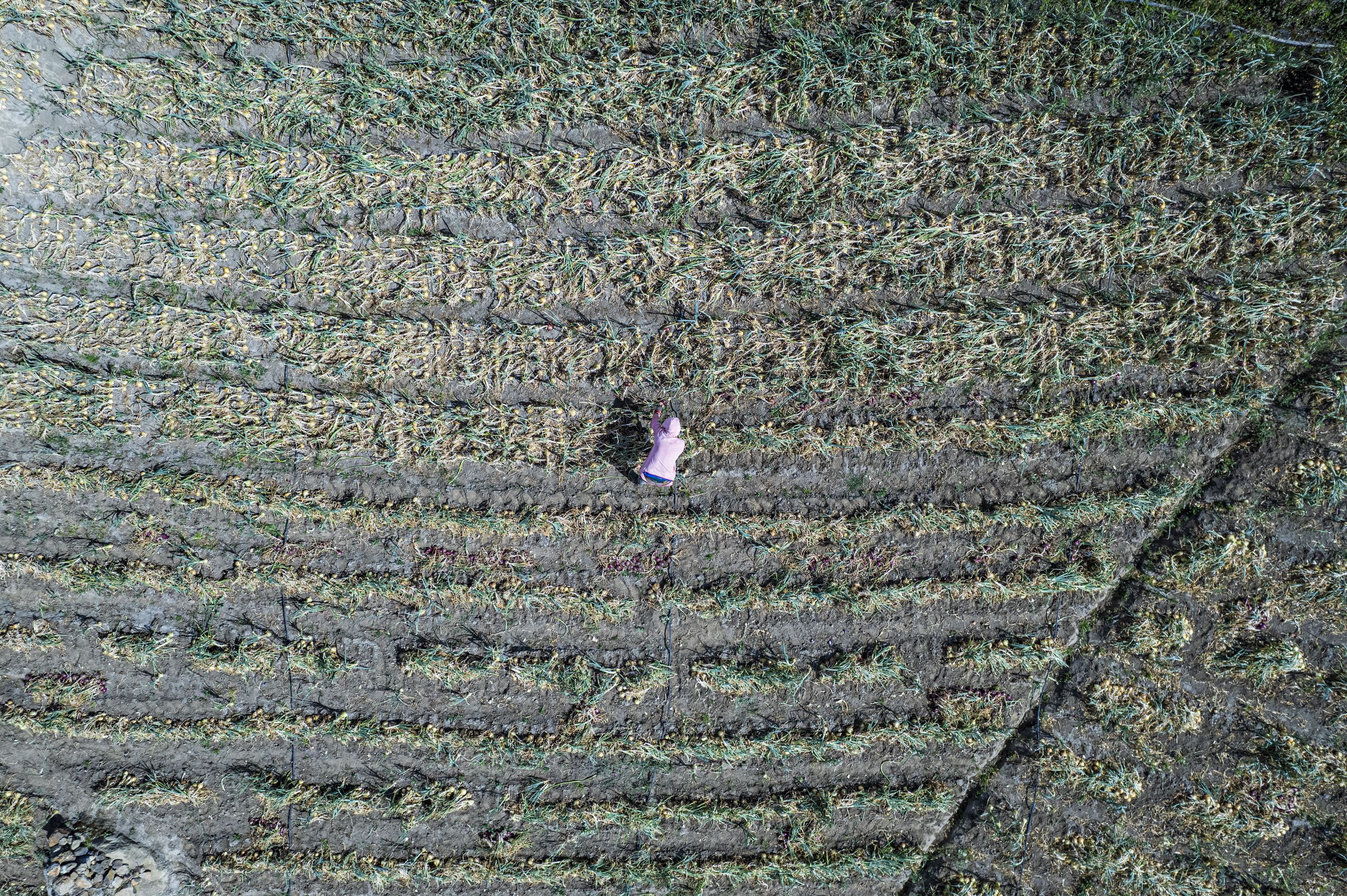
What Happens When a Country Starts to Dry Up?
Drought is one of the most damaging climate hazards, with major impacts on environmental resources and food security.
Annual crops, particularly those that grow in the upper Reventazón River catchment, are closely tied to the interannual patterns of temperature and rainfall. Changes in precipitation patterns create uncertainty throughout the agricultural production cycle.
Drought not only jeopardizes the distribution and availability of food nationally, it also disproportionately affects farming families and the livelihoods of local populations that depend on agriculture.
Watch this video on the implementation of this adaptation measure included in Costa Rica’s National Adaptation Plan
Addressing This Reality Through Costa Rica’s National Adaptation Plan
Costa Rica’s National Adaptation Plan, or NAP, identifies climate change as one of the greatest threats to human welfare and the country’s economy. For that reason, adaptation is considered a priority for protecting Costa Rica’s social and economic systems.
Costa Rica’s NAP recognizes the water system as a fundamental pillar of its development. It considers the agricultural sector one of the most vulnerable to climate change as it relies on natural resources, including water. Additionally, there are other vulnerability factors, such as the high level of informal jobs in rural areas, especially among women, insufficient infrastructure, and the economic impact of COVID-19.
To address these issues, the NAP and the National Adaptation Policy include a key area that seeks the consolidation of best practices in the sustainable management of natural resources for production. The NAP has several goals for the agricultural sector, including
- at least 1,430 hectares in production with irrigation and efficient water use,
- 285 producing farms with financial resources for the implementation of resilient practices, and
- 25 reservoirs built and operational on horticultural farms in the northern area of the cantons of Cartago, Alvarado, and Oreamuno, located in the Reventazón River catchment area.
Working Together for NAP Implementation
To respond to threats to water security—and work to implement the goals established in Costa Rica’s NAP— the farming families developed an initiative focused on building water reservoirs on farms. The reservoirs aimed to improve irrigation systems and make more efficient use of water resources, with the objective of strengthening the area’s resilience to climate change.
This initiative was implemented in collaboration with the Climate Change Directorate of the Ministry of Environment and Energy (MINAE), the Commission for the Regulation and Management of the Reventazón River Basin (COMCURE), and the National Groundwater, Irrigation and Drainage Service (SENARA), with support from the NAP Global Network.
Two enabling factors of the NAP process have been key to the success of this projec
1. Institutional arrangements
The project was guided and coordinated by the Northern Zone of Cartago’s Water Resources Commission, which comprises the Ministry of Environment and Energy, the Ministry of Agriculture and Livestock, the local government of Cartago, and Water Users Societies, among other institutions. Strengthening interinstitutional coordination at the national and sub-national levels was fundamental to implementing this initiative.
2. Community participation
Through the Water User Societies, local farming communities actively participated in the decision-making process. The families that were identified participated in the construction process and led—among other tasks—the excavations in the area designated for the reservoir. This generated a sense of ownership of and responsibility for the project. The Catholic Church, which plays a key social role in the province, was also involved.
Direct Benefits
A reservoir on an agricultural farm can help guarantee water will be available at times when it rains less than expected—something that is happening more and more frequently due to climate change.
Reservoirs make it possible to
- select planting and irrigation times,
- reduce the use of chemical pesticides by having a strong crop that can better cope with the threats some pests pose, and
- harvest rainwater through pipes and pipelines to make the most of this natural resource.
The construction of the water reservoirs enables more reliable harvests. This is an example of how an adaptation measure can have direct social benefits in the community where it is implemented and the importance of involving local stakeholders in the NAP process.
“Having a reservoir makes it possible to produce throughout the year, [and] optimize and vary the quality of the products, which provides the opportunity to be competitive and demonstrate the strength of women.”
“Thanks to this reservoir, we have been able to increase our crops, and we have more months to work and sow.”
“With the reservoir, we can cultivate 7,000 square metres, including potatoes, figs, beans, and avocado, guaranteeing a livelihood for my family and other people.”
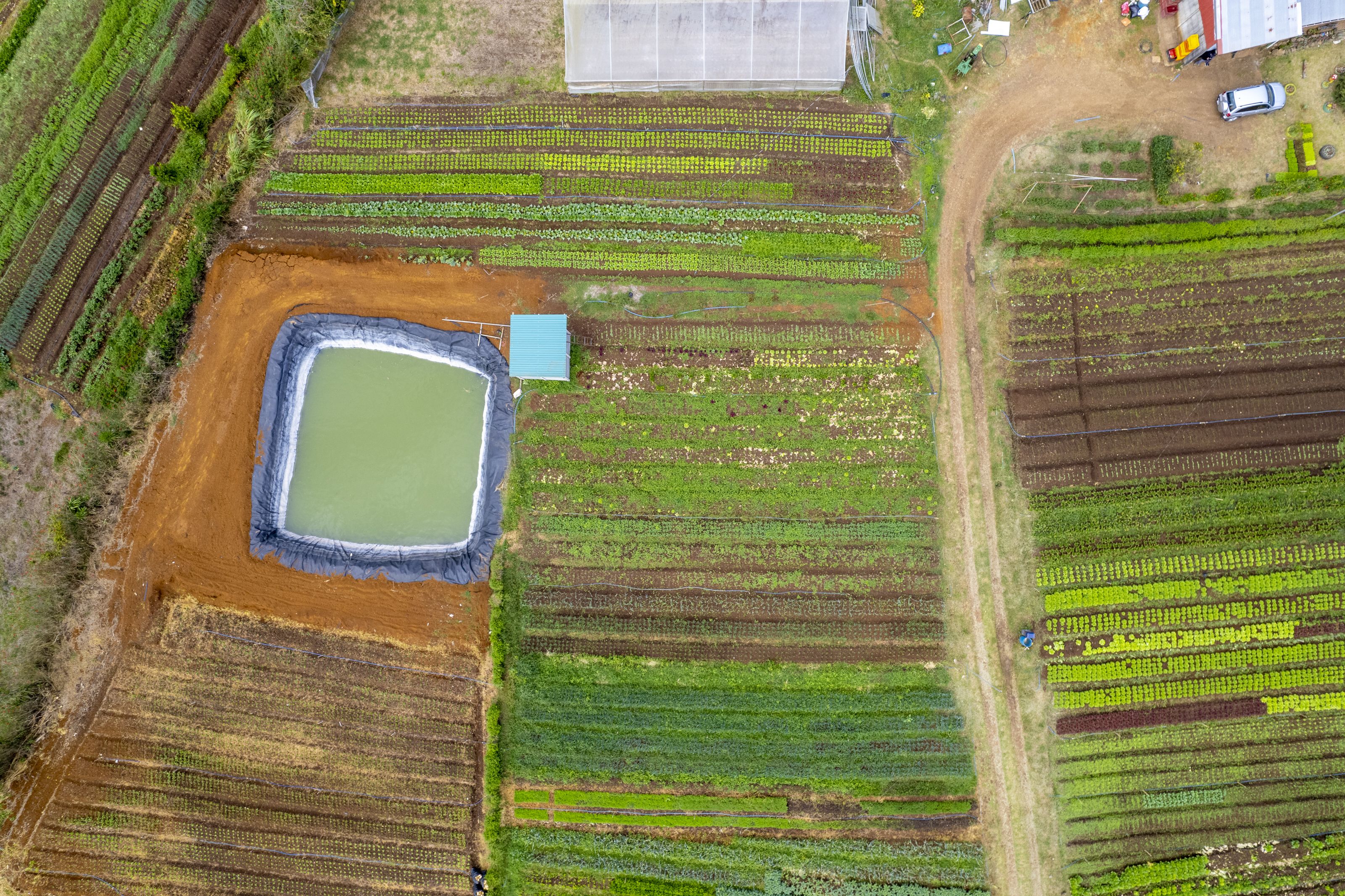
Enhancing Agricultural Resilience
The resilience of rural agricultural production systems in the face of climate change is key to food security for the entire country. Adaptive capacity is built on improved access to water and its efficient use to improve soil hydration.
With this vision— building on the positive results of the adaptation pilot project that shows how these reservoirs can provide for local communities—national and local institutions are replicating this model on a larger scale. The next 3 years will see the construction of approximately 100 reservoirs on agricultural farms. They are expected to be financed by public funds and international cooperation.
Credits
Text: Ivonne López Arce, IISD Policy Analyst and Vesalio Mora, Director of the Reventazón River Basin Management Commission.
Fotos: moOve
Special thanks to Gabriel Calderón, José Gómez, Johan Brenes, Luis Brenes, Manuel Orozco, Norman Brenes, Rocío Poveda, and Father Raymond Sánchez for being a fundamental part of this project and for sharing their stories and those of their farms.
© September 2024, International Institute for Sustainable Development
Published by the International Institute for Sustainable Development.
This publication is licensed under a Creative Commons Attribution-NonCommercial-ShareAlike 4.0 International License.


